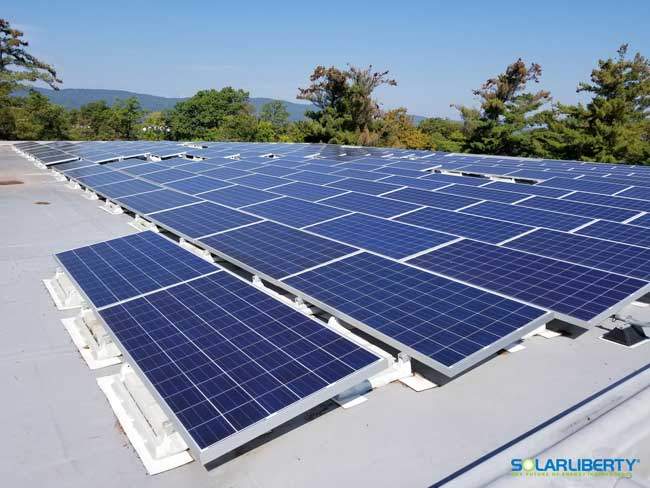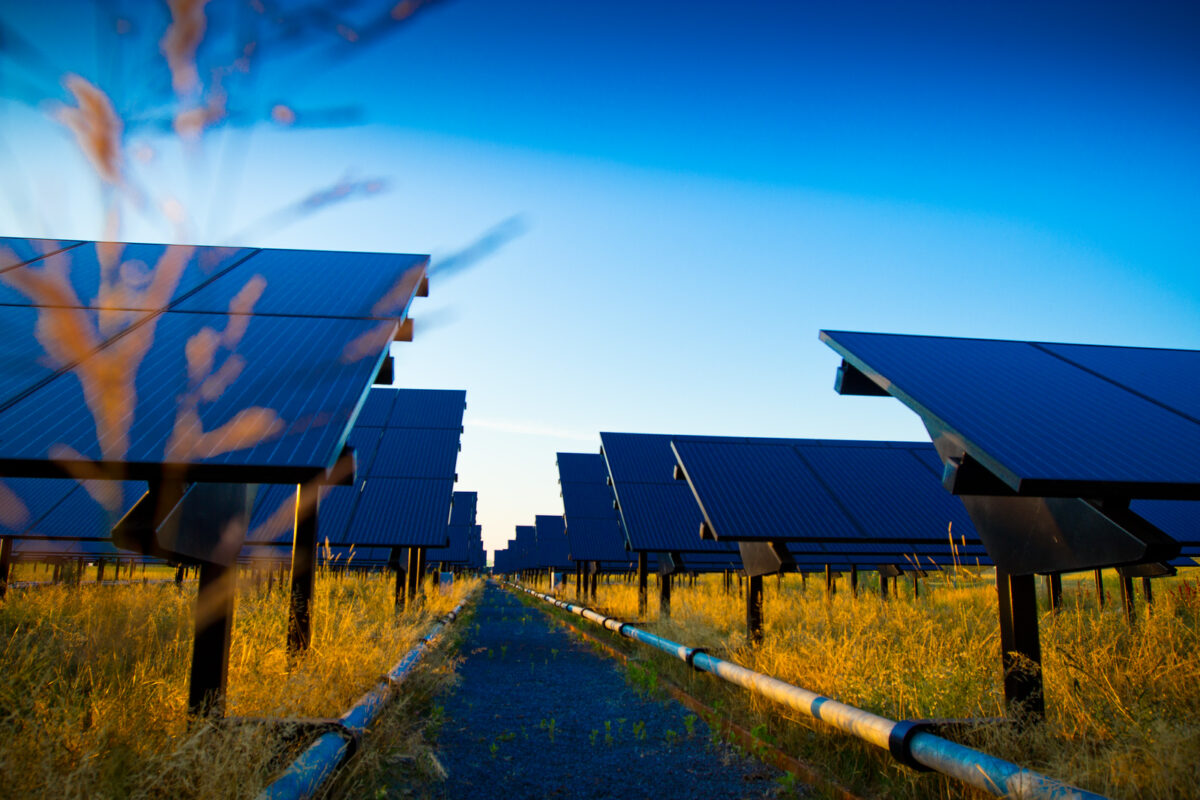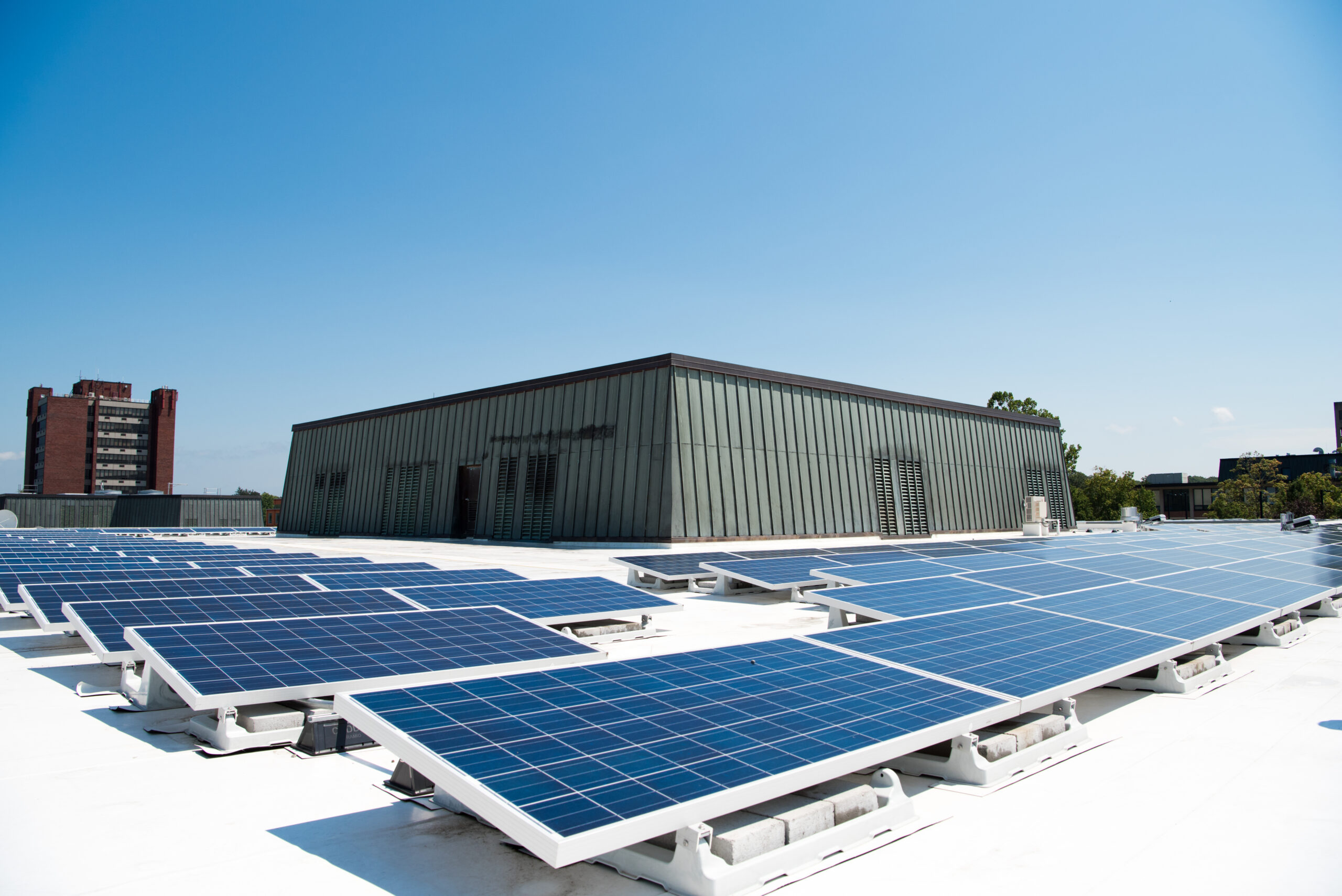Geneva Community Center Flips Switch on Solar Panels
GENEVA, NY – The Geneva Community Center has a reason to celebrate Earth Day this year.
Earlier this month, a 117-panel rooftop solar system was installed atop the center’s roof and will be activated this afternoon – enabling the center to produce 24,828 kilowatt hours of electricity and saving it an anticipated $3,800 in electrical costs in its first year.
Over the course of its 25-year lifetime, the system is expected to generate about $146,000 worth of electricity.
Having the honors of flipping the switch is Melissa Marquez, the local Boys and Girls Clubs Teen of the Year.
The project was funded by a $125,000 New York State Energy Research and Development Authority (NYSERDA) grant and a donation from Solar Liberty of Buffalo, which installed the system at no cost to the Carter Road center.
Mark Venuti, second vice chairman of the Boys and Girls Clubs of Geneva, had been interested in green energy options from the start of the community center project but was told that a geothermal heating option would be too expensive for the nonprofit. He also researched the possibility of wind and solar power and learned a solar installation could be performed after the center was built.
“It was always an idea and a commitment of mine to do something like that for energy savings and as an educational thing,” said Venuti, who characterizes himself as a believer in green energy and a strong advocate of cutting fuel use.
Serendipity struck about two years ago when he visited friends at the Peaceweavers Retreat Center in Bath, where the president of the Solar Liberty Company was doing a presentation on the Peaceweavers’ energy system.
Venuti said he exchanged e-mails with Adam Rizzo, president of Solar Liberty, and eventually sent him specifications on the 24,000-square-foot center’s “perfect south facing roof.”
Eventually, Solar Liberty sent the center a proposal for a $160,000 solar roof system that would cost only $35,000 after the energy grant was applied. Venuti said he sold the idea to the board by pointing out that Solar Liberty’s extended payment schedule would enable the center to use its energy savings to pay for the system.
But such a plan never needed to be set up.
Venuti called it a “minor miracle” when he learned from Rizzo that Solar Liberty would install the system at no cost, in part because the company was interested in expanding into this area and creating a name for itself.
“I said, ‘Did you say for nothing?’ Then I said, ‘Wow.’ I was doing cartwheels,” Venuti said.
Solar Liberty had hoped to install the system last fall but was extremely busy and had to wait until spring – since six days above 40 degrees were needed for the installation.
Jim Walters, marketing manager for Solar Liberty, said it took crews about two days to install the panels and another two to three days to connect the wiring and oversee the electrical connection.
Walters explained that when the sun hits the solar panels it produces DC electricity, which goes through an inverter and converts it to AC electricity. The electricity then flows directly into the building. In the community center’s case, it first uses its solar powered electricity (about 25 percent of its total usage) then taps into the utility company’s electricity.
“Now the community center has two sources of power,” Walters said. “It’s a big cost savings and what they’re no longer taking from the grid stays right there in their building.”
The solar project isn’t the only green initiative at the community center. Venuti said there are plans to construct a gardening shed with a green roof, covered by dirt and growing plants.
In a press release, Rizzo said it’s important to demonstrate that solar energy is a viable way to power a building and a bigger one at that.
“Community centers, nonprofit buildings and schools are especially important for promoting solar energy… When public or nonprofit facilities use solar, they demonstrate to the community that upgrading a building with a solar energy system makes financial and environmental sense,” Rizzo said. “Saving money on electricity is especially important for organizations that are dependent on the community for their support.”
Finger Lakes Times
By Susan Clark Porter




